Subfertility, often referred to as infertility, is a challenging and emotionally taxing condition experienced by many couples worldwide. As compassionate and dedicated nursing professionals, understanding the complexities of subfertility and providing comprehensive care is crucial to support individuals and couples on their fertility journey. Recognizing the physical, emotional, and psychological impact of subfertility, nurses play a pivotal role in offering guidance, empathy, and evidence-based interventions to enhance the chances of conception and improve the overall well-being of those affected.
This article aims to serve as a comprehensive nursing guide to subfertility, addressing its various causes, assessment techniques, and therapeutic options.
What is Subfertility?
- Subfertility refers to a condition in which individuals or couples experience difficulty conceiving a child, despite regular and unprotected sexual intercourse, for an extended period (typically one year or more).
- Primary subfertility is when there are no previous conceptions.
- Secondary subfertility occurs when the couple was able to conceive in the past yet could not do so at the present.
Male Subfertility Factors
Both parties may have factors that have contributed to the subfertility. In males, these are some of the factors that may have caused the inability to reproduce.
Inadequate Sperm Count
- Sperm count is the number of sperm in every ejaculation.
- The normal amount of sperm per milliliter of seminal fluid should be 20 million, while 50 million sperm should be found in a single ejaculation.
- 50% of the sperm should be motile, and at least 30% must be in good shape and form.
- Men must avoid actions that decrease scrotal heat such as jobs that require sitting the whole day or driving because it could lower the sperm count.
- Diseases such as cryptorchidism and varicocele could also affect sperm production in males.
- Other conditions that inhibit the sperm to thrive and reproduce are testicle trauma, surgery on the testicles, and endocrine imbalances.
Impaired Sperm Motility
- Men with prostate infections develop different compositions of the seminal fluid that cause the sperm to reduce its motility.
- Men who have undergone vasectomy develop an autoimmune reaction that immobilizes the sperm.
Obstruction
- Inflammation of the pathway of the spermatozoa such as mumps orchitis or epididymitis obstructs the traveling sperm.
- Pressure from tumors of those with benign prostatic hypertrophy interferes with sperm transport.
Ejaculation Problems
- Psychological problems that cause stress to the patient could cause erectile dysfunction or impotence, the inability to achieve an erection, and ejaculation.
- Premature ejaculation which happens before penetration also affects the deposition of the sperm.
Female Subfertility Factors
The factors that cause subfertility in women also correspond with those of men. Subfertility in women covers more dangerous factors than men.
Anovulation
- Genetic abnormalities such as hypogonadism or Turner’s syndrome wherein there are no ovaries that can produce egg cells.
- Hormonal imbalances such as hypothyroidism interfere with the interaction between the ovaries, hypothalamus, and pituitary gland, causing the inability of the ovaries to produce egg cells.
- The overall nutrition of the woman, her weight, and the exercise she performs also affect a woman’s ovulation mainly because of increased blood glucose levels that disturb the FSH and LH production and lead to ovulation failure.
- The food that the woman eats, such as easy-to-digest carbohydrates, too much protein, and saturated fats decrease her fertility.
- Stress also has a hand in anovulation as it interferes with the secretion of GnRH and lowers the production of LH and FSH.
- The most common cause of anovulation in women is polycystic ovary syndrome, a condition that enables the ovary to produce excess testosterone thereby reducing the production of FSH and LH.
- Due to polycystic ovary syndrome, women ovulate only a few times for the entire year.
Tubal Transport Problems
- Adhesion or scarring of the fallopian tubes is one of the main causes of transport problems in females who have undergone tubal ligation or salpingitis.
- Infection of the pelvic organs or pelvic inflammatory disease also causes scarring of the tubes, which can furthermore constrict them if left untreated.
Uterine Problems
- A rare condition that affects the fertility of a woman is tumors in the uterus that might block the implantation site of the embryo.
- Endometriosis or the implantation of the uterine endometrium also causes subfertility when the particles of the endometrium regurgitate and proliferate, which impedes the implantation site of the embryo.
- Decrease secretion of estrogen and progesterone from the ovary results in inadequate formation of the endometrium, which also results in interference in the growth of the embryo.
Cervical Problems
- When the cervix becomes infected, the cervical mucus becomes too thick to allow penetration of the spermatozoa, thus impeding fertilization.
- Scar tissues in the cervix caused by a previous D and C also cause problems in the fertility of the woman.
Vaginal Problems
- Infection of the vagina causes its pH level to increase, which in turn causes the destruction of the motility of the sperm.
- Sperm-agglutinating antibodies in some women can also destroy the ability of the sperm to survive in the vaginal environment and also cause immobilization of the sperm.
Assessment
- Assess alcohol, drug, and tobacco use.
- Assess any exposure to radiation treatment in the past.
- Assess current illnesses, especially endocrine diseases.
- Assess occupation and work habits.
- Assess the couple’s sexual practices, its frequency, and if there are failed ejaculations.
- Assess the use of past and present contraceptive measures.
- Assess if there are any children from previous relationships.
- Assess current health of the reproductive system.
Diagnosis
To confirm the existence of subfertility between the couple, they must undergo several tests that would diagnose their condition.
Semen Analysis
- After 2 to 4 days of sexual abstinence, the male must ejaculate through masturbation into a clean and dry specimen cup.
- The time it takes to examine the specimen is at least 1 hour while the sperm are being counted.
- The normal amount of sperm in every ejaculation should reach 20 million spermatozoa in every milliliter of seminal fluid.
- After 2 to 3 months, the analysis is repeated because spermatogenesis is a process that goes on and on, and the new sperm would reach maturity after 30 to 90 days.
Sperm Penetration Assay
- This test is performed to ascertain if a man’s sperm could reach an ovum and be able to penetrate it effectively.
- Through the aid of an assistive reproductive technique like IVF, the sperm could be directly injected into the woman’s ovum if they are poorly motile.
Ovulation Monitoring
- Among women, this is the most inexpensive test for fertility.
- The woman is instructed to monitor and record her BBT daily for four months.
- BBT is determined by taking the temperature of a woman before she gets up in the morning and before performing any activity.
- The woman should record her daily temperature and take note of any conditions that affect the rise and fall of her temperature.
- During ovulation, the temperature level dips slightly then rises but not more than the normal level of temperature, and remains at this level for almost 10 days, or 3 to 4 days before the next menstrual flow.
- When the temperature rise did not last for the approximated time, a defect in the luteal phase is diagnosed.
Ovulation Determination Test Kit
- There are over-the-counter commercial test kits that a woman could buy to assess for her ovulation.
- This test determines the upsurge of LH just before ovulation.
- The kit contains a strip that the woman should dip into mid-morning urine.
- According to each individual manufacturer’s instructions, the strip would change color, and the woman should see the indication of the color on the kit’s manual or instructions.
Tubal Patency
- Sonohysterography is one of the imaging tests that are used to determine the patency of the fallopian tubes.
- This is an ultrasound that specifically views the uterus.
- The uterus is filled with sterile saline solution, then the vaginal transducer is inserted into the vagina to inspect the uterus.
- This procedure can be done anytime during the menstrual cycle because it is only minimally invasive.
- Another test is hysterosalpingography, or the inspection of the fallopian tubes using a radiopaque medium.
- This procedure is done after the menstrual flow to avoid the regurgitation of the debris from menstruation up the tube.
- Contraindications to this procedure are vagina infections, cervical infections, and uterine infections.
Implementation
After the assessment has been performed, the management of subfertility lies on the assessment data gathered. If there are underlying problems, these are corrected immediately and education on the chances of conception is also discussed by the healthcare provider.
Correction of the Underlying Problem
- To increase sperm count and improve motility, the man must refrain from coitus for 7 to 10 days at a time.
- Changes in his lifestyle must also be done, such as avoiding prolonged sitting and hot baths and wearing loose clothing.
Reduction of the Presence of Infection
- The infection present must be treated according to the microorganism obtained from culture reports.
- For trichomonal infections, Metronidazole might be teratogenic early in the pregnancy, so the woman must be cautioned of this if the couple is suspecting a pregnancy.
Hormone Therapy
- One of the therapies that is used for the disturbance of ovulation is the administration of GnRH.
- Clomiphene citrate is also used to stimulate ovulation.
- Administration of human menopausal gonadotropins also stimulates ovarian follicular growth.
Surgery
- The most commonly used surgery today is the intrauterine insemination because it most likely results in a viable pregnancy.
- Tumors that interfere with the fertility can also be surgically removed, such as myomectomy that removes a myoma.
- Diathermy or steroid administration can be performed to correct a tubal insufficiency due to inflammation.
- Laparoscopy or laser surgery is also possible for removing peritoneal adhesions or nodules.
Therapeutic Insemination
- Therapeutic insemination is the instillation of the sperm into the reproductive tract so that the woman can conceive.
- In intracervical insemination, the sperm is instilled in the cervix.
- In intrauterine insemination, the sperm is instilled directly into the uterus.
- Therapeutic insemination by husband uses the sperm of the husband and is instilled into the reproductive tract of the wife.
- Therapeutic donor insemination uses the sperm of a donor, and this is instilled into the reproductive tract of the woman.
- A male who has low sperm count or problems in sperm motility or a woman who has reproductive factors that interfere with the fertility typically use therapeutic insemination.
- Before the procedure, the woman determines her ovulation day first through BBT, or the cervical mucus, or an ovulation test kit.
- Once ovulation day is determined, a day after that, the sperm are injected into the cervix using a device that looks like a cervical cap, or it is instilled directly into the uterus.
In Vitro Fertilization
- One or more oocytes are aspirated from the woman and are fertilized by a sperm under laboratory conditions but outside the woman’s body.
- Males who have a low sperm count or females with abnormalities in their fallopian tubes opt to undergo this procedure.
- The woman is given an ovulation stimulating agent before the procedure.
- The ovaries are examined daily through ultrasound beginning at the 10th day of the menstrual cycle to check the development of the ovarian follicles.
- Once a follicle has matured, hCG is injected to cause ovulation within 39 to 42 hours.
- Aspiration of the oocyte follows, and then the sperm and the oocyte are mixed and incubated.
- 40 hours after fertilization, the first cell division occurs.
The ability to reproduce is one of the most prized possessions of humans. But when there is an inability to do so, technology has developed so many ways to provide a solution. Nature and technology can also come together to benefit mankind, and this is manifested through the processes that enable a subfertile couple to still reproduce even there are hindrances in their reproductive system.







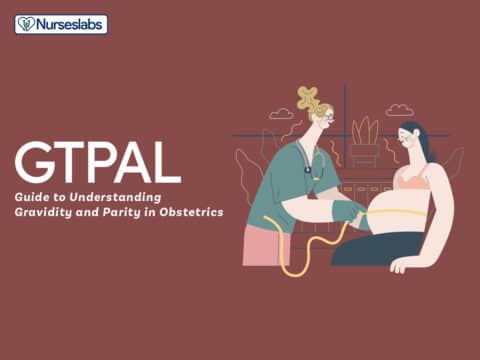


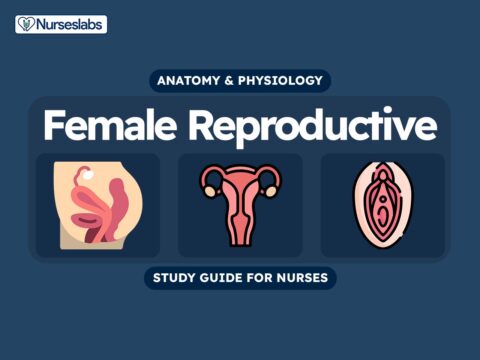

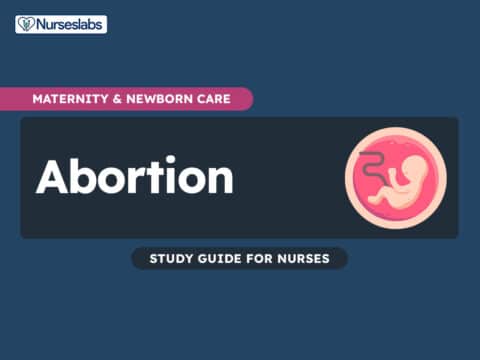
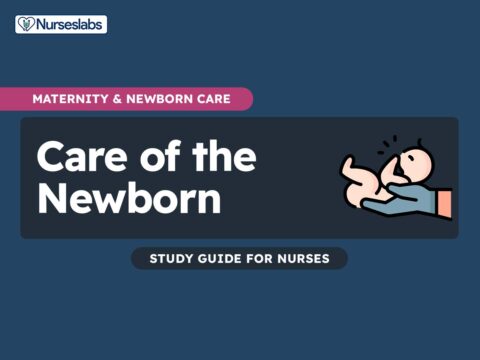
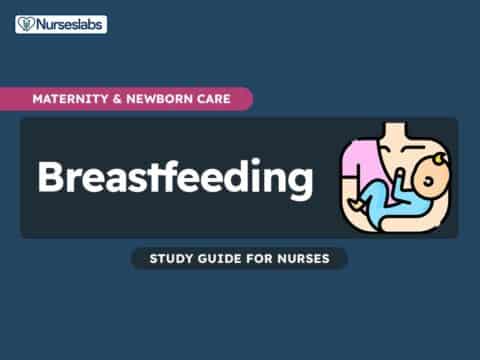




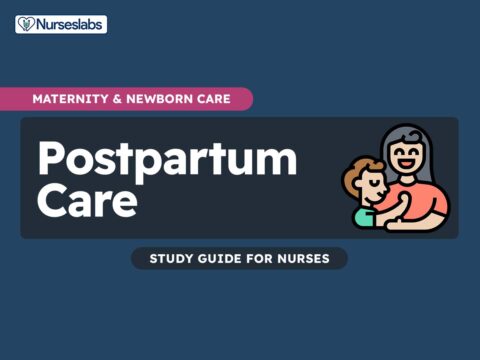
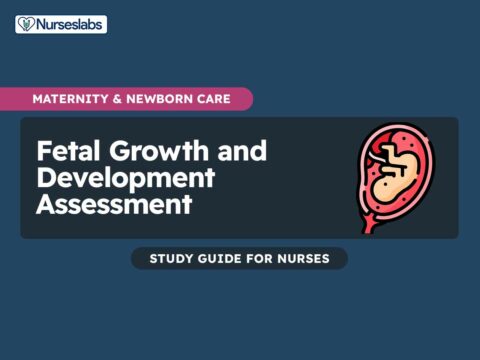


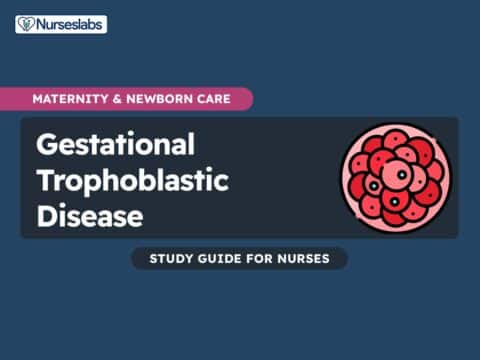
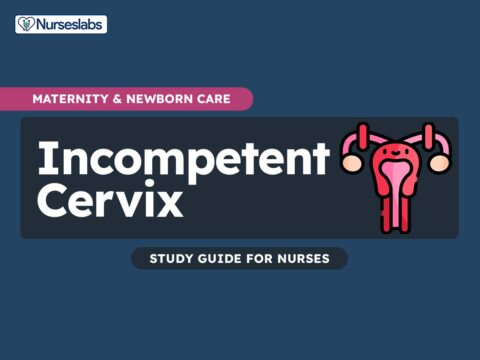





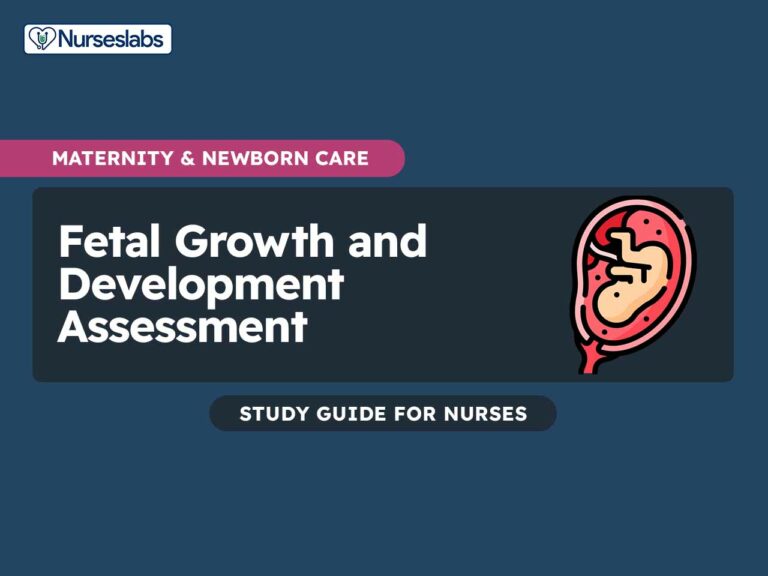
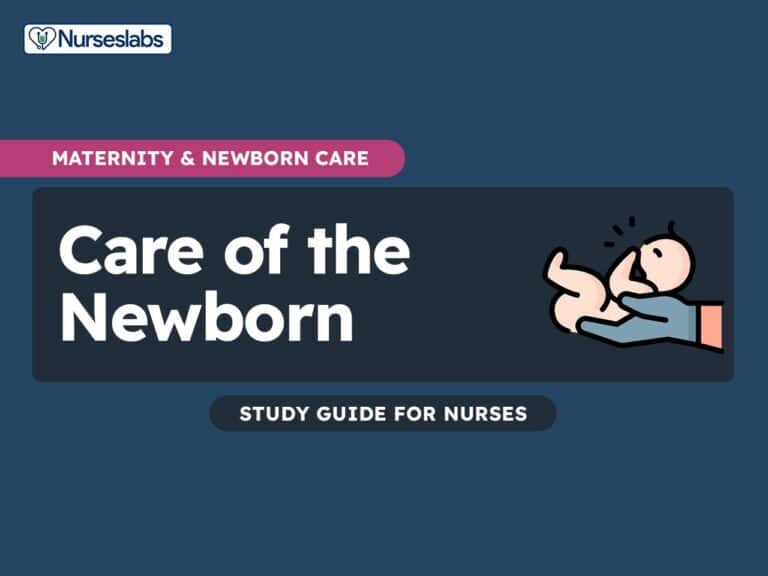
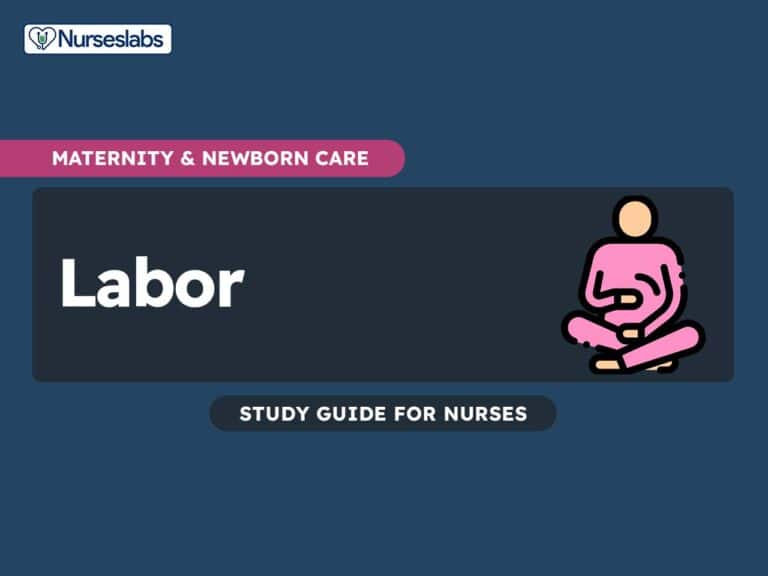

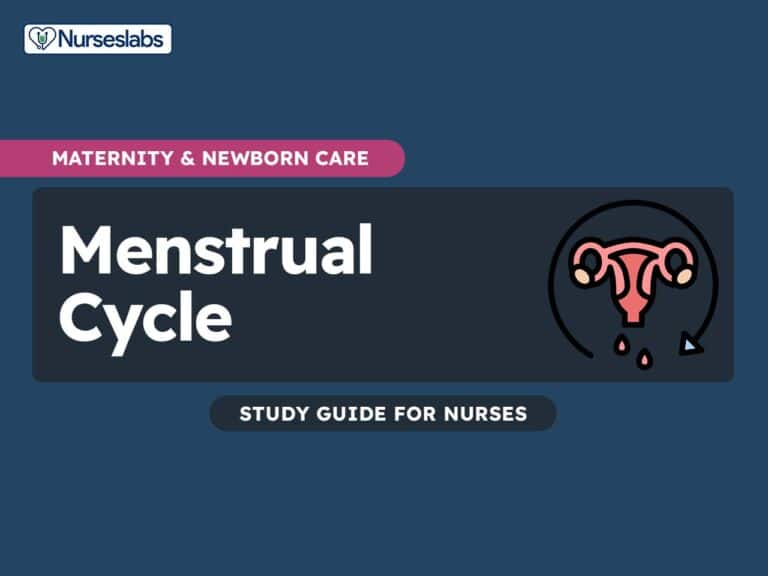


Leave a Comment